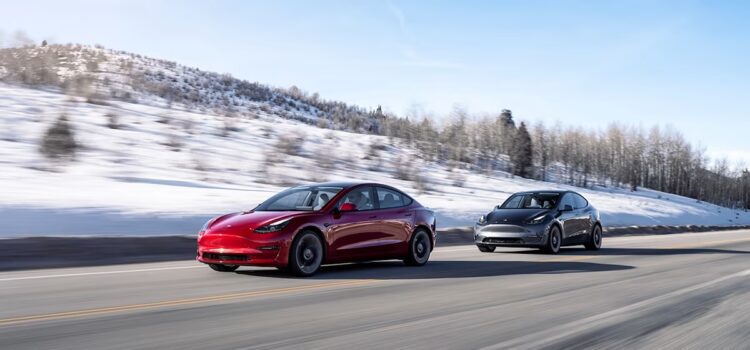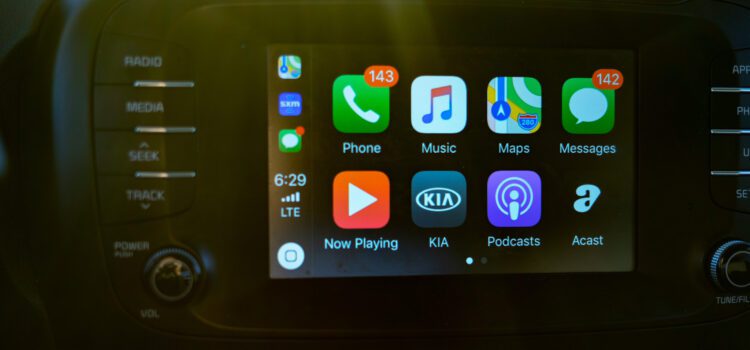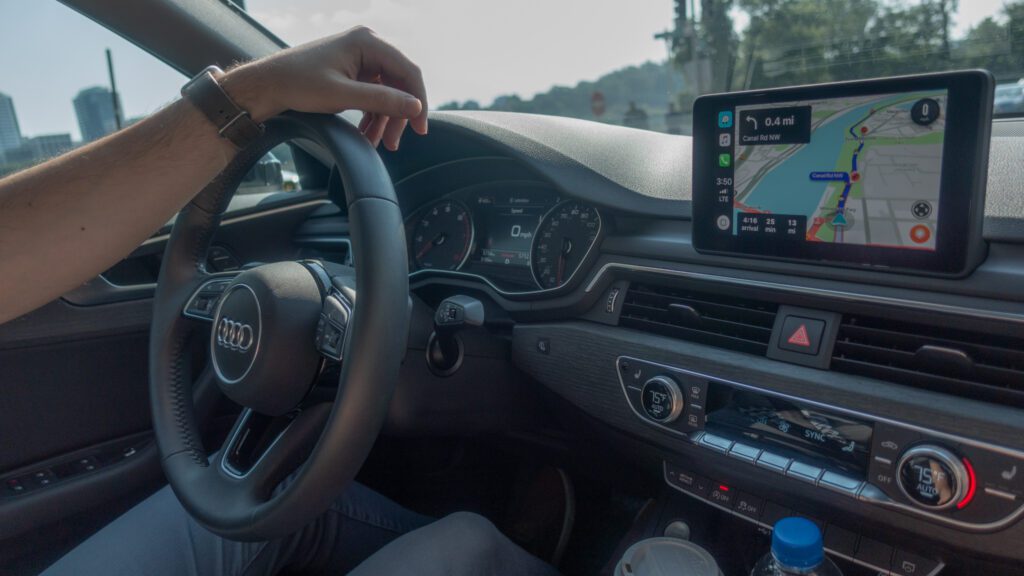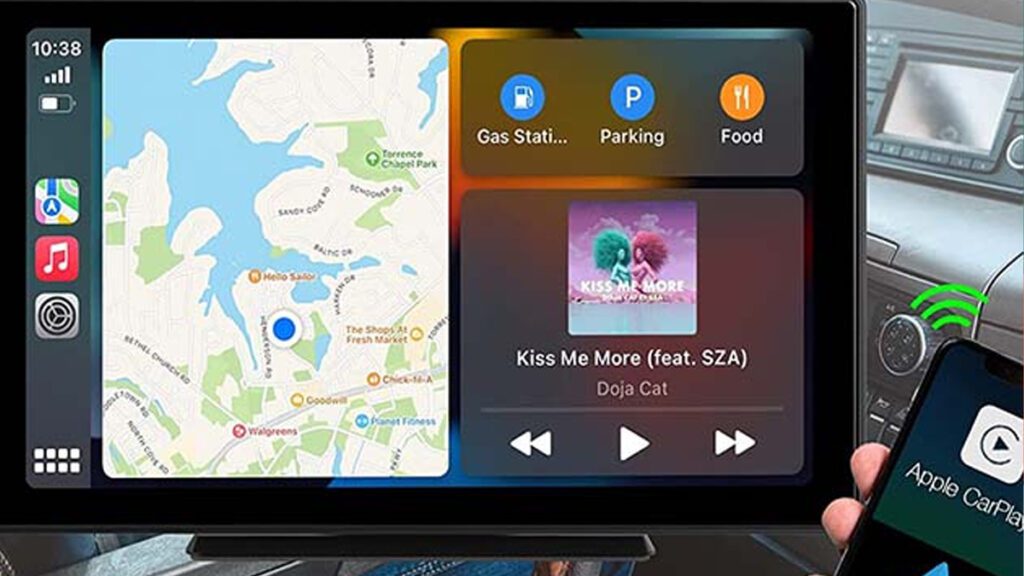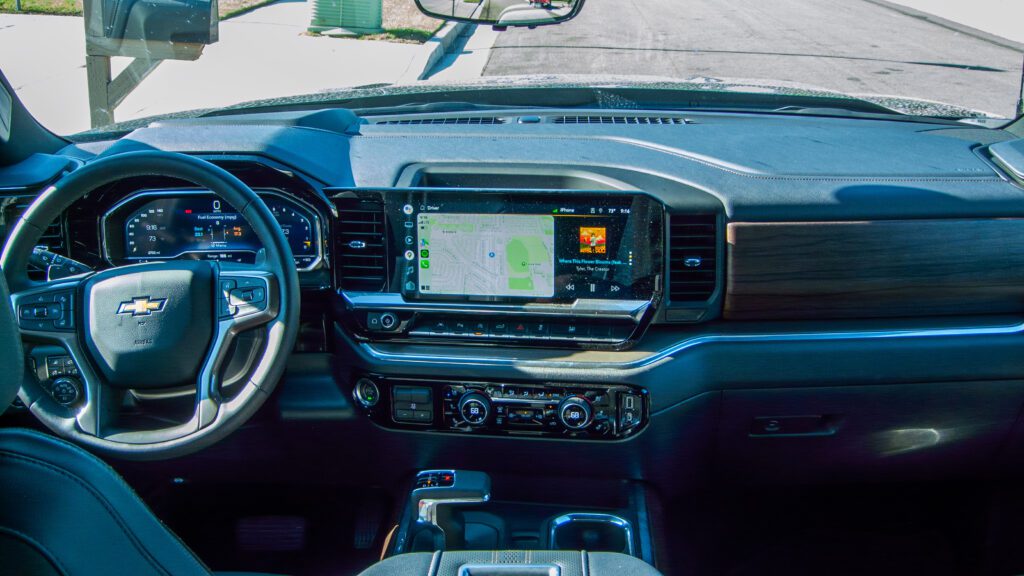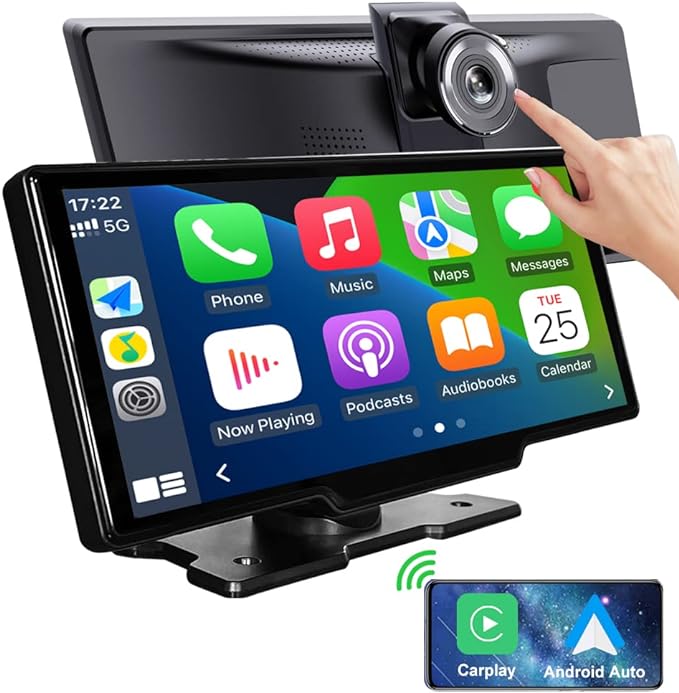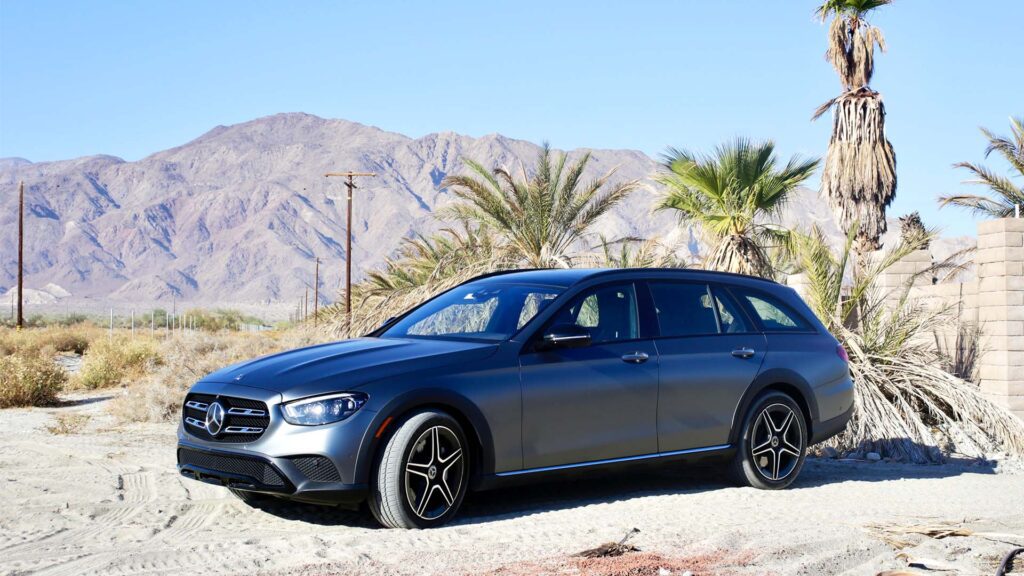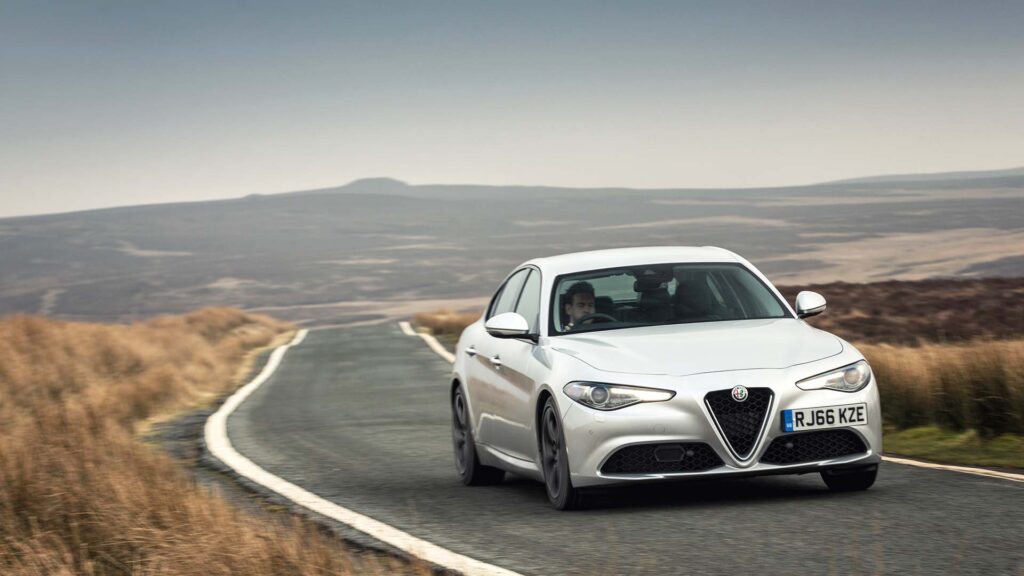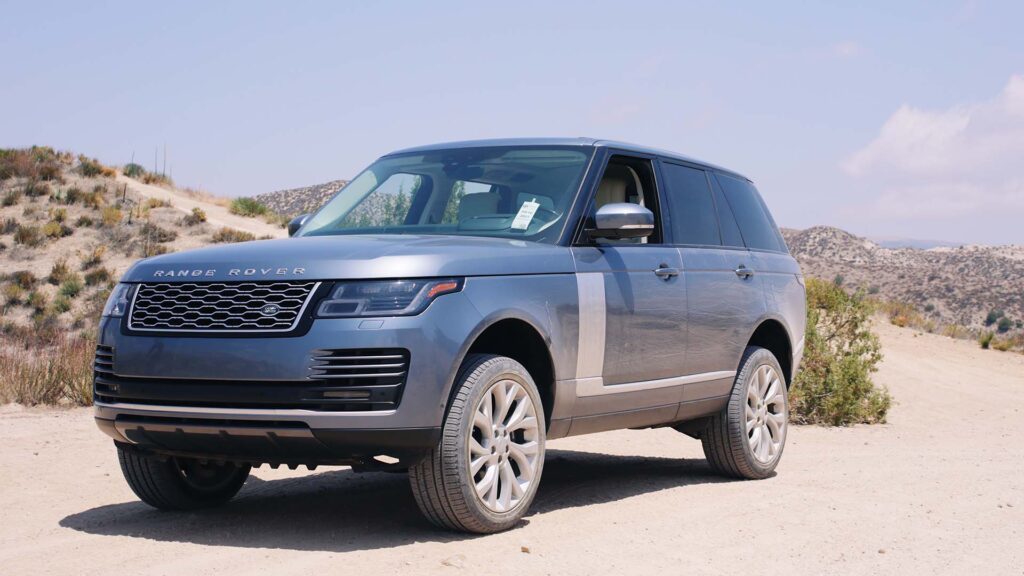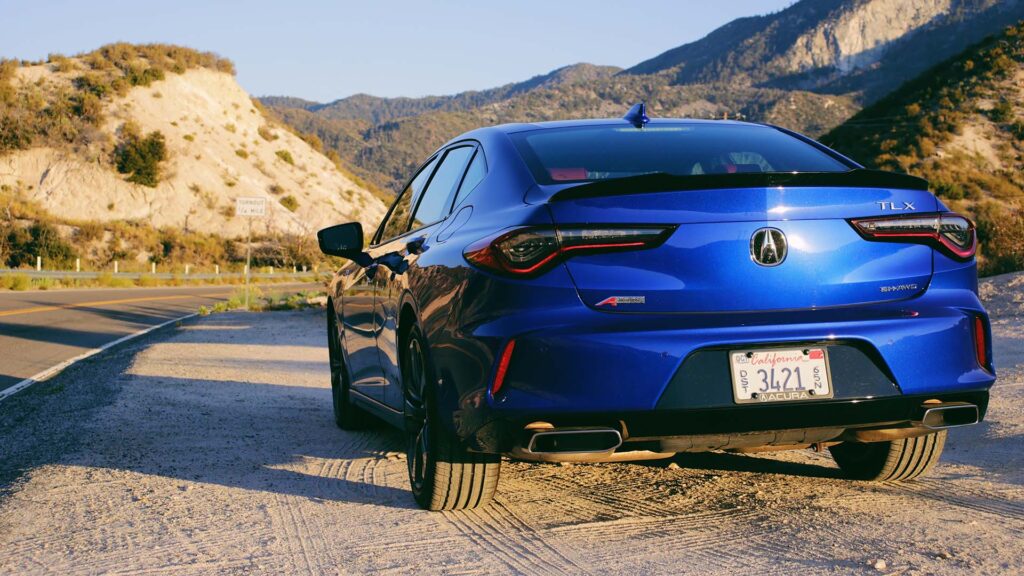Electric cars and winter: A guide to EV winter survival and how to drive in the winter
It’s cold. So cold. But life doesn’t stop in the cold, and neither does your EV. Winter weather can present unique obstacles for your electric vehicle that don’t often affect gas-engined ones, and you must know how to tackle them. So we compiled everything there is to know about EV winter survival!
Unlike combustion engines, batteries are indeed negatively affected by winter, or at least to a significantly greater extent. You also need to consider your charging habits and where you park your vehicle. And traction is something every car lover must understand when the roads get slippery. We’re not necessarily debunking EV myths here; we’re only providing straight facts on electric car performance (as well as general driving and car ownership tips) during winter. So, let’s dive in and ensure your EV is winter-ready!
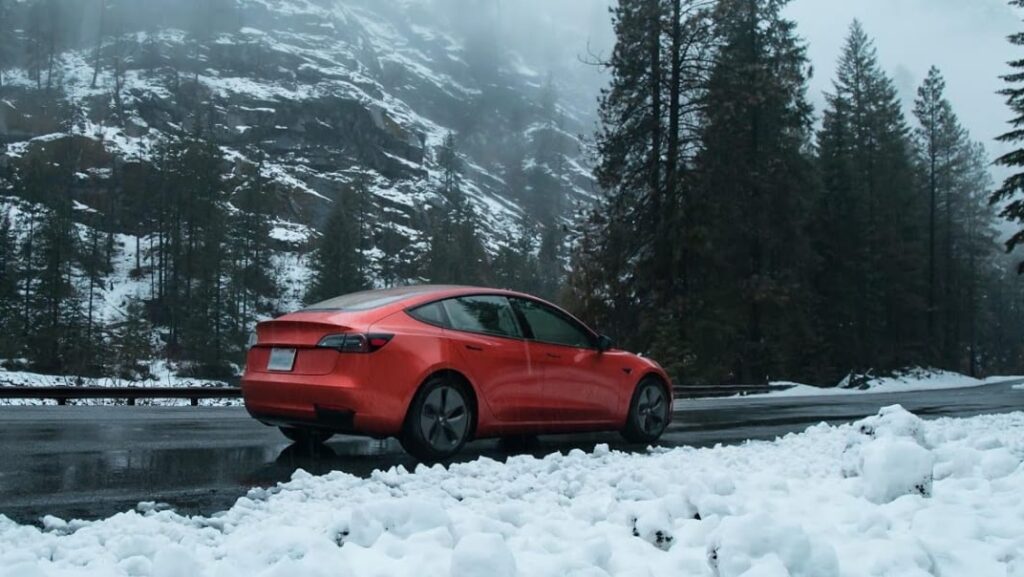
🚦Get ready, set, full disclosure! Some of the links powering our posts contain affiliate links, which means we may earn a small commission if you decide to make a purchase, even if it’s not from the page we linked. Affiliate links are not always an endorsement of the product. To really help us keep our headlights shining to make more content like this, subscribe to the Acceleramota newsletter.
Maximizing range in cold weather
At temperatures below 32°F (freezing), battery chemistry functions all slow down, reducing how fast your battery can charge and discharge. Some battery compositions are more susceptible to degraded performance than others. At extremely low temperatures, the electrolyte can freeze, and your battery might be unable to discharge. Charging at low temperatures can also reduce your battery’s life span.
It’s important to note that battery pre-heating is common in electric vehicles, and most will not let you charge before the battery has heated sufficiently. Batteries also generate their heat when you drive. However, note that range may still take a hit as your energy consumption may rise with your reliance on climate controls and heating.
You will lose range. As little as 3% but can be as drastic as 25% to 30%. Whether you’re driving a Tesla or Audi E-Tron, any lithium battery loses range in weather below freezing. The degradation in performance should you find yourself with a nickel-metal battery or perhaps a dinosaur with a lead-acid one.
EV battery winter solutions
Some positive news is that there are solutions to improve your winter battery performance.
- Precondition your EV (arguably the most important thing!): Although your car will probably do this before charging, it can help to precondition your EV before this. You can do this using your vehicle’s app, smart home system, or even the car’s infotainment.
- Park in a garage: Removing your electric car from complete cold weather exposure does help. Parking in a heated garage is an even better option.
- Use a winter car cover: Parking outside is the only option for many people. If that’s you, a winter car cover is your best bet. Yes, more high-tech solutions are coming, but this can prevent your vehicle from freezing over and further reducing battery temperatures.
- Warm your EV while charging: Heating your seats and cabin is essential. Warm up while charging is the best way to do this without reducing range.
Winter tires (duh!)

All-season vs all-weather tires
Winter tires are necessary for those in colder states, but there’s more to tires than just the rubber that meets the road.
All-season tires offer traction in light snow, and some top-tier offerings can fare far better than others, but they’re generally not usable for especially deep snow, ice, and below-freezing weather. Anything below 45°F means it’s time to switch to a more effective tire.
All-weather tires are better than all-season tires if you live in states with freezing temperatures. Think of them as all-seasons with a marginally broader spread of talents. A more aggressive tread pattern means you get excellent traction in snow and no hydroplaning in melting conditions. The caveat is that these tires are noisier and don’t offer equal performance compared to summer tires. They’re also still not as good as snow tires in winter, and tread life is worse than all-season tires.
Studded vs. non-studded snow tires
Let’s talk about the real deal. Snow tires are the ultimate winter tire for snow, ice, rain, and temperatures below freezing. The main issue is that these tires are unusable in hotter conditions, so you must switch them out in the summer.
Studded snow tires offer extra traction in icy conditions. The metal studs dig into the ice, are generally the safest option when the roads are icy, and can withstand extremely harsh winter conditions. Non-studded snow tires are just as usable for winter as studded snow tires, albeit with reduced traction when ice is on the road. Not all states allow studded snow tires, and some only allow rubber studs.
Winter tire maintenance
Not all winter tires are the same. On average, electric vehicles weigh more than gas cars, increasing tire wear, specifically during winter. Choose an extra load (XL) winter tire for your EV to prevent this.
Make sure to check your winter tire tread before setting off. A great way to do this is by using a quarter; it’s time to replace the tire If you see the top of George Washington’s head. Regularly checking your tire pressure in the winter is also vital because the air is denser, which lowers pressure.
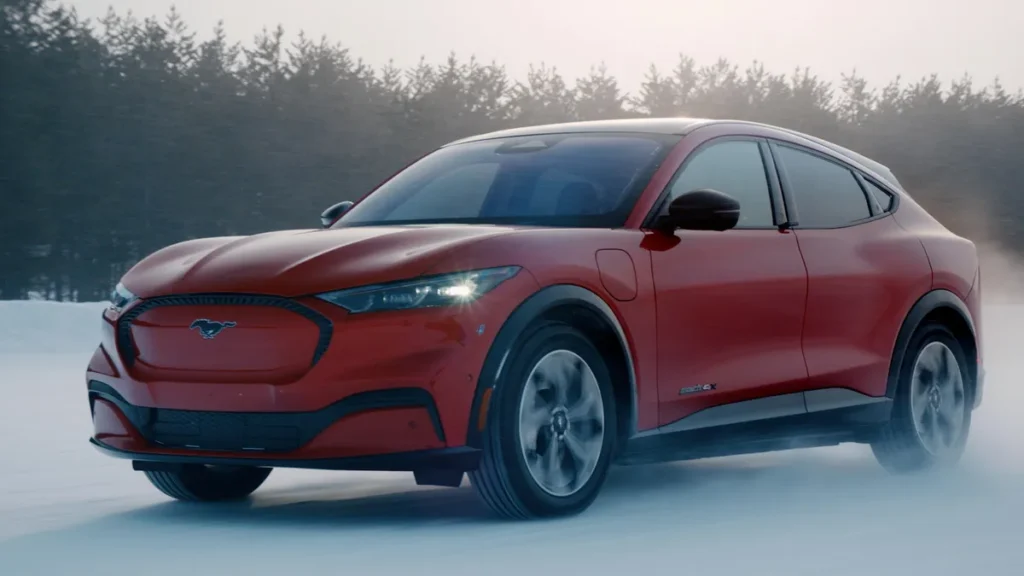
All-wheel drive
Power to the car, people. The basis of all-wheel drive is that it powers all four wheels. Four-wheel drive functions similarly with a different mechanism, but the gist is that you get more traction on slippery surfaces. Winter tires will improve the safety of your vehicle in the colder months; all-wheel drive is that additional step for surviving winter.
It’s important to note the power of AWD systems is significantly reduced without winter tires. Many AWD cars will not help you escape a jam if your vehicle gets stuck, nor will it help you stop and turn since there’s no traction from the ill-equipped tires. That is not to say it is entirely useless in winter, but don’t go out and buy an AWD car if you don’t already have one; winter tires will do just fine.
However! Should you fancy the extra driven wheels, consider the viable options below. Heck, we have pictures and videos of them doing this exact kind of driving.
[Button id=”383″]
[Button id=”382″]
[Button id=”381″]
[Button id=”384″]
No winter tires — no problem
Winter is coming! But sometimes, life happens, and winter tires are not an option. Thankfully, there are alternatives to help you get by if you can’t score a set of winter rubber or all-weathers, ones that can be totally transformative and still save your skin when it gets really nasty outside. Some of your options are:
Autosock snow socks are the perfect winter traction tool for sports cars and emergencies. These textile wheel covers pull over your wheels just like a sock. Super quick, super traction!
[Button id=”385″]
Snow chains are metal chains that attach to your wheels. It’s a tried and true solution; you can buy these as a fixed set instead of buying them yourself. Even though these are an effective solution for winter traction, snow chains can be quite challenging to install.
[Button id=”386″]
Anti-skid tendons are similar to snow chains but forgo the old-school metal for plastic. You could also opt for long-cable ties as they perform the same function.
[Button id=”387″]
How to drive in winter
So you’ve put your winter tires on and are ready to take off in your super quiet EV. Another critical point about driving in winter is the driving part. Winter brings a significant loss of tire traction, which is the resistance between your rubber and the road. Too much resistance and you lose speed; too little, you start to slide and lose control of the vehicle.
Here are some extra winter driving tips:
- Keep your headlights on for improved visibility and to spot black ice easily.
- Keep your wipers elevated when parked so they don’t freeze to the glass
- Increase your following distance to a minimum of five seconds.
- Brake more gradually and accelerate gently.
- If you hit black ice, take your foot off the gas pedal, steer toward the spin until you regain traction, and do not slam on the brakes. If you find your EV’s brake regen to be quite aggressive, consider dialing it to a Medium or Low setting if it’s adjustable.

Surviving a winter emergency
Let’s discuss what you should keep in your emergency kit and what to do if you get stuck. And this goes for all of you, EV or ICE powertrains!
Don’t leave your car. The worst thing you can do is stumble into a winter storm and become stuck outside your vehicle. Run your car every ten minutes for heat, but (and here’s one for the ICE car owners we know are still reading this) crack the window for fresh air to avoid carbon monoxide poisoning. Check for any snow that can clog your vehicle’s exhaust.
Keep a kit for emergencies. The National Weather Service recommends these items:
- Flashlight and Extra Batteries
- Blankets/Sleeping Bag
- Extra Clothing
- First Aid Kit
- Non-perishable food like granola bars
- Kitty Litter for traction
- Snow Shovel
- Bottled Water
- Cell Phone & Charger
- Ice Scraper
- with Brush
- Booster Cables
- Flares/Triangles
Acceleramota recommends staying at home

The safest place during winter is your house. There are those situations where you have to venture out into the icy depths, but if you don’t need to travel, don’t go out! Winter expeditions are risky even if you take the correct precautions and drive safely. So stay inside where possible and cozy up for more Acceleramota!

